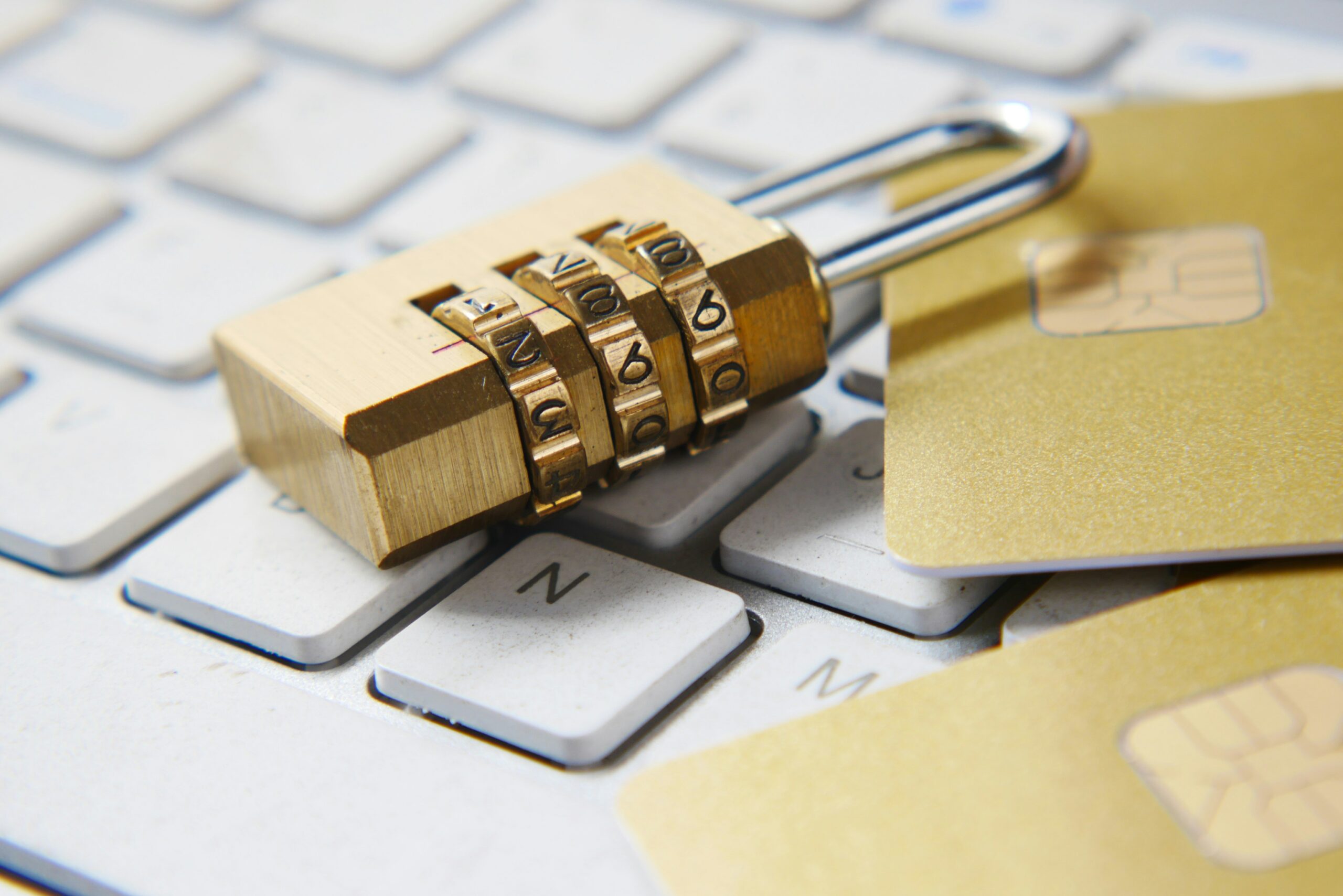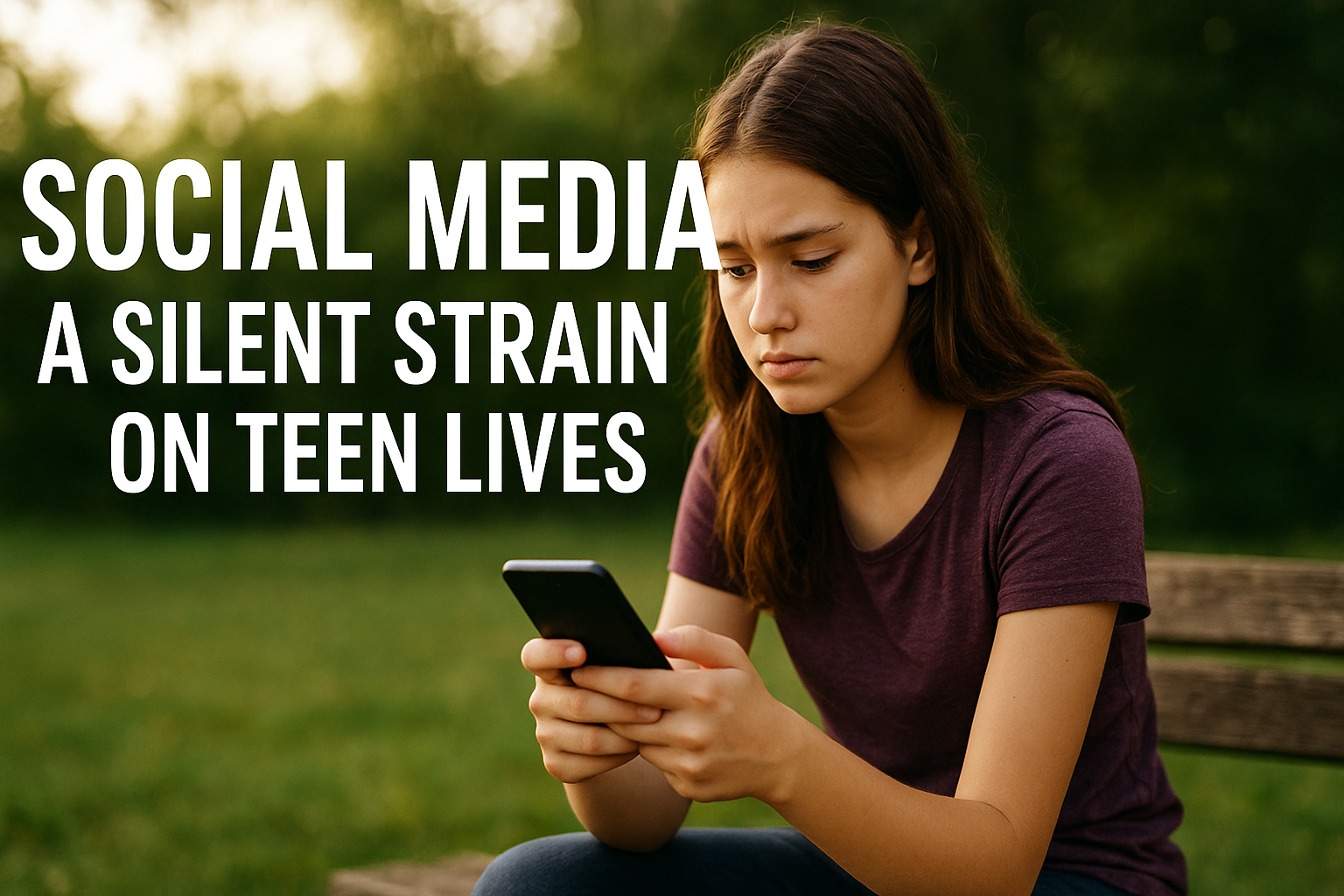Opinion
The New Normal and The New Positivity
It is not helping
By Gilda Tavenese, MSW and Sonny K. H. Wong, M.Ed., RP
There are lots of challenges we are going through right now. Many of these challenges are the experiences of engaging in awkward human behavior. Let me explore some queries with you to make my point. Is it strange to not hug our loved ones? Is it tricky to stay 6 feet apart when socializing with others? Is it difficult to not see your friends and family for long periods of time? And what about virtual learning? Some have identified these everyday scenarios as the new normal to help us cope. Do you take comfort in accepting this description which attempts to normalize something that is clearly not normal?
We can find our traditional normal if we just go back to our foundational humanistic premise. Let’s micro examine our thoughts, values, and behaviours to make some meaning of our current discomforts. Thought – is protecting each other by staying apart. Value – is showing compassion to those who are suffering while preserving our safety. Behaviour – is speaking with your friends and family to explain your cautious behaviour because you do not want to put them at risk. When the news media socially construct a new normal for us during these times, it is implying that we need to recreate newness rather than dig deeper within ourselves to activate our internal resources for survival.
The creation of this new normal label could somehow deny us of how we ought to perceive our current reality. Is it too idealistic to remember that we are a collective? Is it fear that is dividing us? What is fear? Some scholars have broken down the word fear in parts to help us examine it. Our FEARs can be explored through asking ourselves what false evidence is appearing as real during ambiguous situations? As soon as we wrap our heads around what is fearful, we can work on developing healthy coping/defensive behaviours with accurate information. Historically, we have demonstrated flexibility in making decisions in ambiguous situations with unpredictable outcomes for the purpose of preservation. Time and time again, the over utilization of toxic positivity is simply mistaken for helping people to cope or defend from perceived harm. A pessimistic outlook is about empathy, fact finding, and generating alternative solutions. This approach can be a good dosage against toxic positivity. Allow me to explain this reasoning with a few common scenarios.
Empathy. You speak with a friend about some symptoms you have been having, which you speculate may be related to Covid-19. Both of you are in your early 20’s. You explain to your friend that you are worried that you may have Covid-19. You further explain that you are scared about getting sick. Your friend tells you to stay positive, not to worry and adds “we are young – it does not happen to us”. Furthermore, your friend brings up the fact that he likes to take a positive approach to life and questions why you have to be negative and jump to conclusions. How does this dialogue bring these two people together? The negative labeling of a person’s worries over uncertain situations is not helpful. This kind of toxic positivity is dismissive, rather than constructive. The friend could have demonstrated empathy by exploring where to find accurate information about Covid-19 symptoms.
Fact Finding.
You talk with another colleague about your distress over job losses. You state that you recently heard on the news that there are over 2 million Canadians out of work, and some of those jobs are related to the same occupation. You are stressed over the notion that you may be on the chopping board, and fears that you will be unable to support your family. You add that being 55 years old does not help with re-employment. Although, your company announced that there will be no layoffs. You believe that there may not be layoffs – yet. The colleague tries to comfort his co-worker/friend by saying “look on the bright side – we have a job – we are not part of those 2 million”. Although there is an attempt by the colleague to comfort his co-worker/friend – downward social comparison, pointing out that they are not unemployed, serves only as a Band-Aid statement. The family man’s fear of not being able to support his family is real. Toxic positivity is denying of emotions despite the person’s expressed discomfort. This colleague could have praised his friend’s work performance, talked about seniority and/or explored available government emergency funds.
Alternative Solution.
You have recently heard about the new ‘no visiting other households’ public health recommendation in your region. While checking in with a friend over Zoom, you were told that two of her closest friends and you are all invited to come over to her place for her 35th birthday celebration dinner. You explain to your friend that you would love to attend, but you worry about asymptomatic people. You add that you want to be healthy to celebrate other future occasions. You further explain that you are the only parental care provider, therefore you cannot risk getting sick. You sense your friend’s disapproval when she says to you that you still must live a little and create some kind of normal during these stressful times. It appears that your friend is offended that you implied that her party would put people at risk. You are speechless and do not know how to respond to her. Toxic positivity is the forced silence of emotions and the denial of human experiences. In this case, what if the birthday girlfriend would have said – “I hear you – and it is concerning – would you be opened to zooming in our dinner, so we won’t miss you?”. During ambiguous times, we do not have to take the all or nothing approach.
There are times that we should activate some pessimism to move us forward. A person with a pessimistic point of view is deemed as negative almost all the time – seeing only those things that are going wrong –but there are some who believe these people have a realistic view of life. In those scenarios, what is so wrong with erroring on the safer side of the situation. For example, suggesting your friend get tested for Covid-19, empathizing with their worries over the loss of abilities to support their family, or showing compassion for your friend’s caution for parental responsibilities. We should not confuse caution with negativity in risky situations.
The concept of this new normal does not negate the fundamentals for mutual human respect for others wellbeing. The new normal does not mean to test out if science is wrong by living out uncontrolled novice social experimentations with real health consequences. The new normal should not be a concept to deem that some people have strong coping skills while others are weak. Compassion should lead our behaviours, followed by an understanding that we all experience a sense of loss when circumstances change. It is this sense of loss that unites us during stressful situations. Not only personal loss, but loss of control. Let us acknowledge this loss that unites us, and if we are ever in doubt that we are engaging in toxic positivity – we can always just listen to one another.
We value your opinion. Please let us know what you think about this column. Send comments to learningcurves@hotmail.com.



